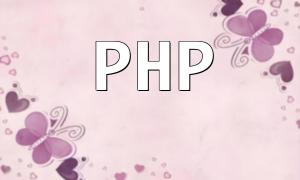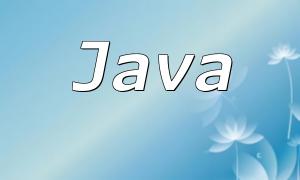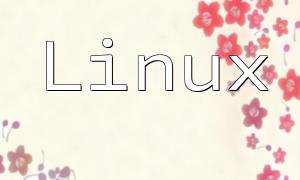PHP is a widely used scripting language for server-side development. Design patterns in PHP help improve the readability, maintainability, and scalability of code. In PHP development, design patterns are commonly applied to solve typical development challenges and enhance the reusability and modularity of code. This article will delve into the eight classic PHP design patterns and provide examples of their application.
The Singleton pattern is a common design pattern used to restrict a class to only one instance and provide a global access point. It is effective in scenarios where an object needs to be frequently created and destroyed, improving performance by preventing unnecessary resource consumption.
The following code demonstrates how to implement the Singleton pattern in PHP:
class Singleton {
private static $instance;
private function __construct() {
// Private constructor prevents external instantiation
}
public static function getInstance() {
if (!self::$instance) {
self::$instance = new self();
}
return self::$instance;
}
}
$object = Singleton::getInstance();In the code above, the $instance variable holds the unique instance, and the getInstance() method is responsible for creating and returning the instance object. If the instance is not yet created, it will create a new one and assign it to $instance.
The Factory pattern provides a mechanism to create objects through a factory method, allowing the client to avoid directly instantiating the class. This decouples the object creation process from its usage.
Below is an example of the Factory pattern in PHP:
interface Shape {
public function draw();
}
class Rectangle implements Shape {
public function draw() {
echo "Draw a rectangle. ";
}
}
class Circle implements Shape {
public function draw() {
echo "Draw a circle. ";
}
}
class ShapeFactory {
public function getShape($shapeType) {
if ($shapeType === 'Rectangle') {
return new Rectangle();
} elseif ($shapeType === 'Circle') {
return new Circle();
}
return null;
}
}
$shapeFactory = new ShapeFactory();
$rectangle = $shapeFactory->getShape('Rectangle');
$rectangle->draw(); // Output "Draw a rectangle."
$circle = $shapeFactory->getShape('Circle');
$circle->draw(); // Output "Draw a circle."
In this example, the Shape interface defines a draw() method, and both the Rectangle and Circle classes implement this interface. The ShapeFactory class creates the corresponding object based on the passed $shapeType parameter.
The Abstract Factory pattern is an extension of the Factory pattern, allowing the creation of families of related or dependent objects without specifying their concrete classes.
The Strategy pattern allows a class's behavior to be changed dynamically at runtime by encapsulating different algorithms in strategy classes. The client can select different strategies to perform tasks.
The Observer pattern is a behavioral design pattern that defines a one-to-many dependency relationship between objects. When the state of one object changes, all dependent objects are notified and updated automatically.
The Decorator pattern allows you to dynamically add extra functionality to objects without affecting the functionality of other objects. It provides a flexible way to extend the behavior of objects.
The Proxy pattern provides a surrogate or placeholder for another object to control access to it. It can add additional functionality, such as lazy loading or permission checks, without changing the target object.
The Adapter pattern creates an adapter class that converts incompatible interfaces, allowing classes that cannot directly interact to collaborate seamlessly.
The eight design patterns described above are widely used in PHP development and can significantly enhance the structure and scalability of code. Mastering these patterns will help developers approach complex projects with confidence. Continuously practicing these patterns will help you write cleaner, more flexible, and efficient code.









